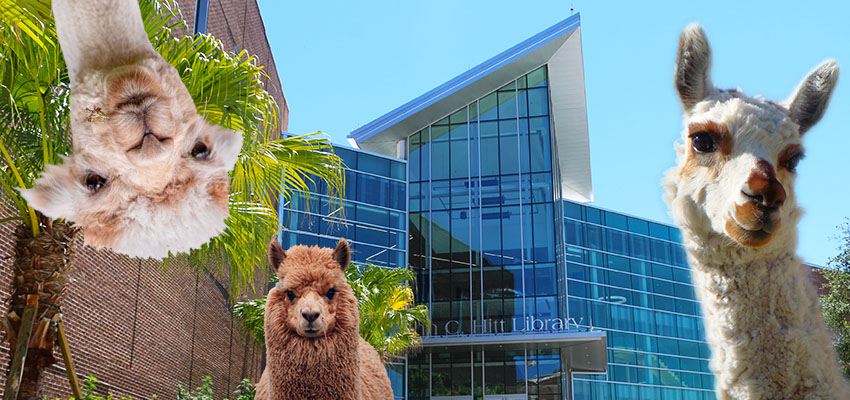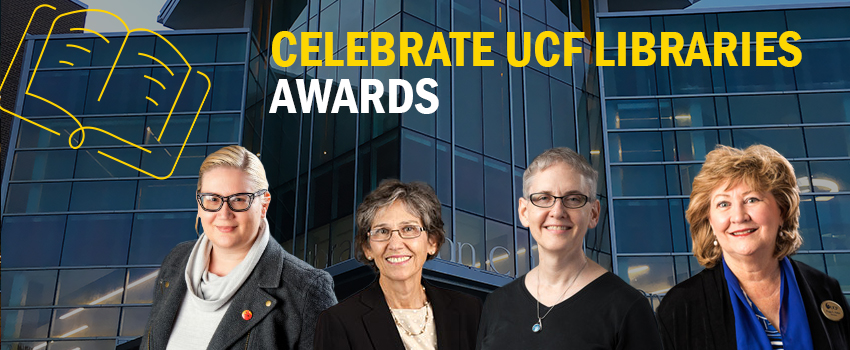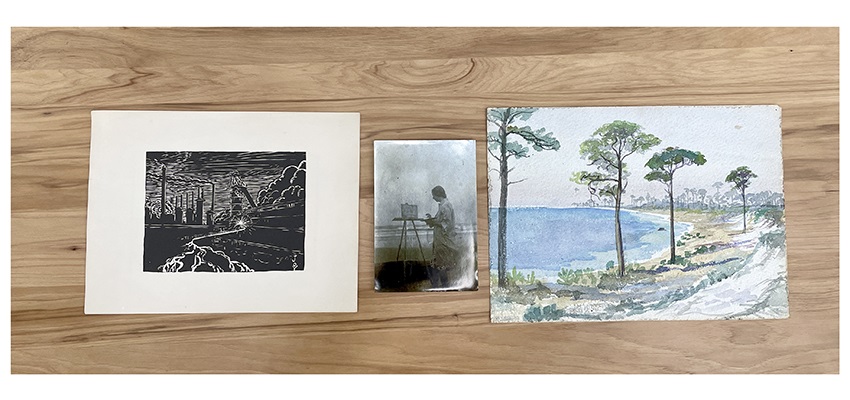Joy Postle was a prolific artist whose career spanned more than seventy years. Her artistic output was varied and extensive. She painted wildlife in their environment, created murals that covered entire walls and rooms, and during the Great Depression, worked for the Florida Art Project of the WPA. Besides being an accomplished painter, Postle also made block prints and hand-colored hundreds of offset prints. She worked in oils, acrylics, watercolor, pen-and-ink, and pencil. She painted landscapes and murals, made sketches of people and places, and created her own pen-and-ink cartoons. Additionally, Postle wrote poetry and then illustrated her poems with drawings, authored books on drawing, and illustrated books for other authors.
After graduating from the Art Institute of Chicago, Postle moved out west to Boise, Idaho, where she bought a ranch with her brother in the early 1920s. Postle began painting and sketching the wildlife around her in Idaho. She gained a reputation for her artwork, opening an art studio and working as an interior decorator. After marrying Robert Blackstone, a journalist who would become her publicist and manager, Postle and Blackstone lived and traveled in a modified Model-T Ford truck through the West, Southwest, and South. Postle was the primary breadwinner, selling her paintings and painting murals as they traveled. They lived the “van life” long before this nomadic lifestyle was popularized by influencers and Instagram.
The couple eventually arrived in Florida in 1934. They continued living their nomadic lifestyle, camping, hiking, and bird watching; these explorations allowed Postle to study nature closely and refine her craft. She created murals featuring birds and wildlife for many commercial sites, including Disney. In addition to painting and writing, Postle created and performed “Glamour Birds,” which featured her painting birds while accompanied by bird songs and music. Postle and Blackstone toured Florida with this one-woman show, a cross between educational talk and performance art.
After years of nomadic living, the couple eventually settled in a modest home and studio on Lake Rose at Orla Vista, near Gotha, Florida, in 1942. Postle continued as the family breadwinner, using Florida’s environment as the chief subject for art. She waded through swamps, climbed trees, endured bugs, and “stayed up all night” to observe her beloved birds and other wildlife. Postle witnessed the destruction of the Florida landscape and fought to save the environment she loved so much. Not one to sit idly by, Postle wrote letters to the local newspaper and used her art to voice her concerns about man’s impact on nature.
A fire at their home in 1968 killed Blackstone and badly injured Postle. She persevered despite severe burns and resumed her performances and exhibitions. She took commissions, exhibited her work, and sold paintings well into old age. Postle died on June 1, 1989, and her ashes were spread at her home at Lake Rose in Florida.
Joy Postle is one of the artists featured in the UCF Libraries Special Collections & University Archives’ current exhibit, “Wild at Heart: Conserving Nature Through Art & Archives.” This exhibition explores the art, artists, and activists that challenge us to think deeply about the impacts of urbanization and climate change on the world around us. The exhibit runs through May 1, 2022, in the 4th-floor gallery of the John C. Hitt Library.
Illustration caption information:
Left to right: [Industrial scene] block print, undated; Joy Postle painting by the ocean, copy photograph; “Narrow sound on bay, on road to Gule Beach, Grand Lagoon, Pensacola, Florida,” watercolor, 1931






